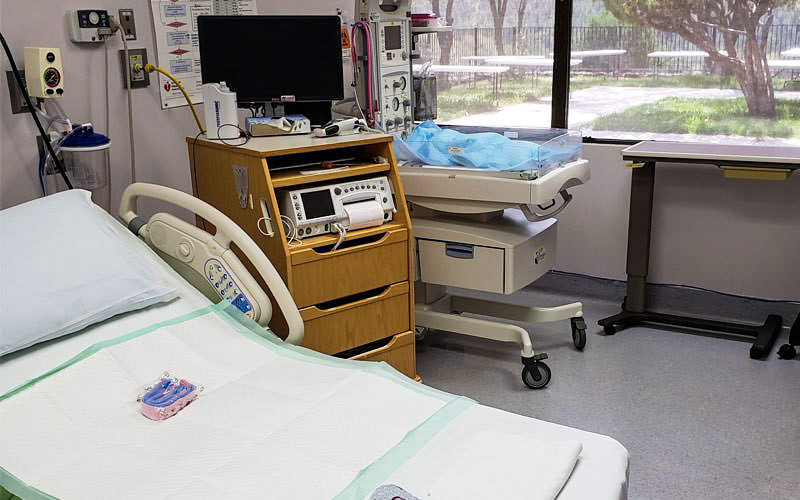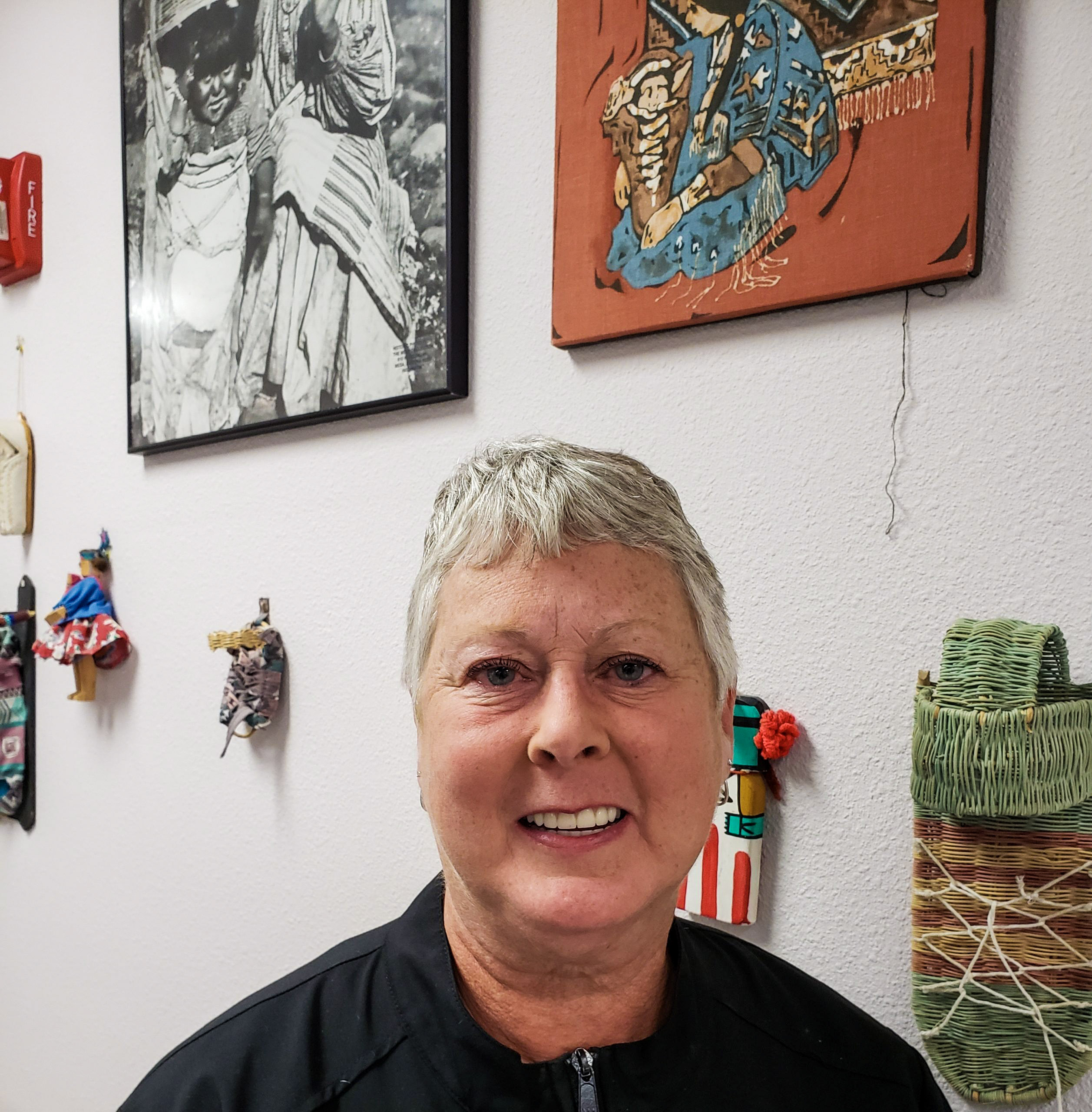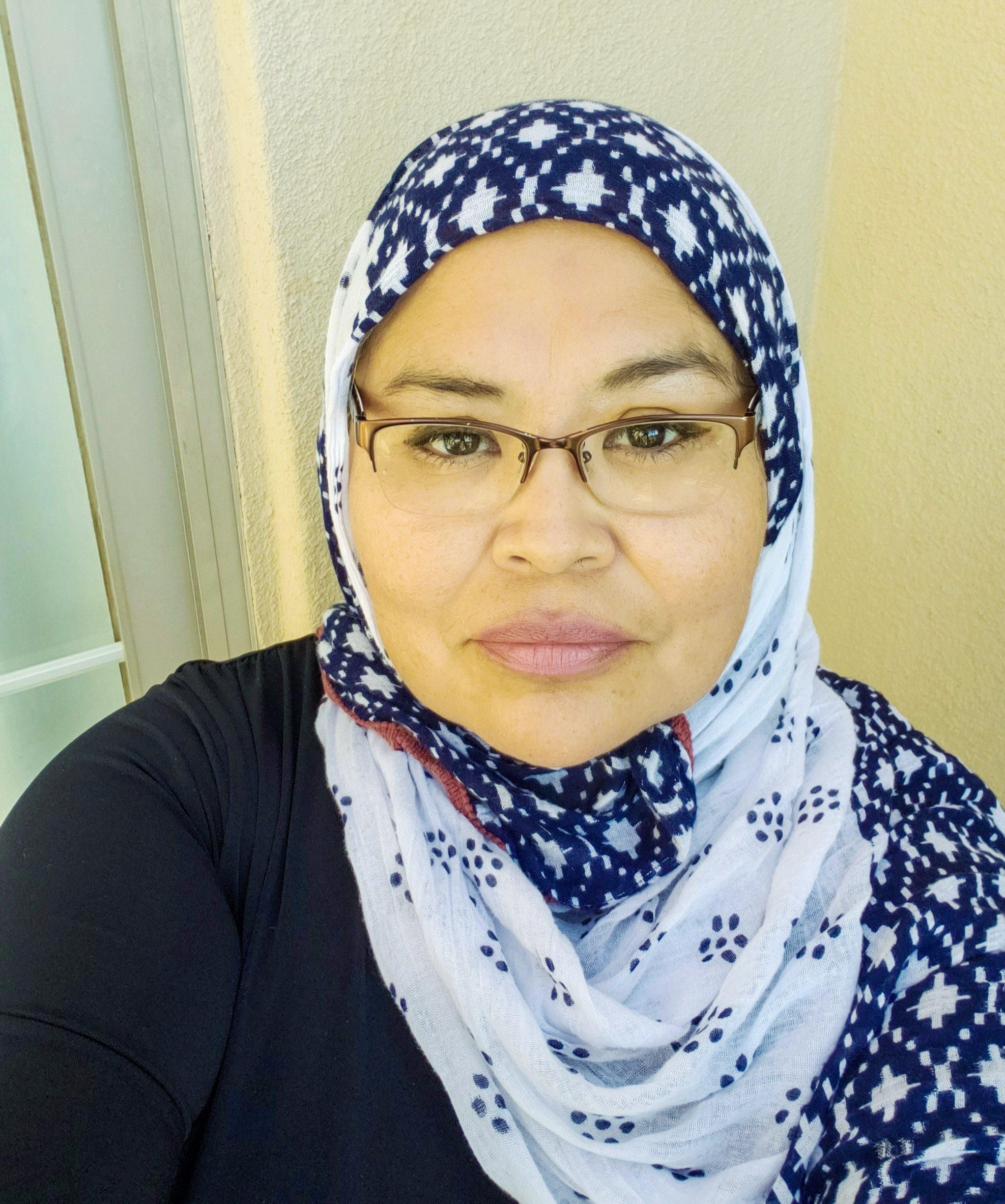Indianz.Com > News > Cronkite News: ‘Baby-Friendly’ hospitals tackle health disparities in Indian Country

‘Baby-Friendly’ hospitals tackle health disparities by encouraging Native mothers to breastfeed
Friday, September 25, 2020
[cronkite]
PHOENIX – The Whiteriver Indian Hospital in eastern Arizona is combating health disparities among Native Americans by teaching new mothers strong breastfeeding practices, which research shows improves such ailments as obesity and Type 1 diabetes in kids.
The medical center on the Fort Apache Indian Reservation is one of about 10 hospitals under the Indian Health Service that is classified as “Baby-Friendly,” which means hospital staff are equipped to train new moms on the benefits of breast milk over formula and provide breast pumps and other resources.
Specifically, the Baby-Friendly Hospital Initiative promotes breastfeeding as the exclusive feeding choice for the first six months of a baby’s life. Exclusive breastfeeding, according to the Centers for Disease Control and Prevention, means feeding only breast milk and no other foods or liquids – including formula or water.
Shawna Ziadah, assistant supervisor of the Whiteriver birthing center, said she tries to be “as real as possible” when educating new moms about the challenges of exclusive breastfeeding.
“They’re tired … and I always tell them in the beginning, once you have a baby, you’re never going to sleep until that baby’s 18 and out of the house,” she said.
The American Academy of Pediatrics recommends mothers exclusively breastfeed for six months and then continue to breastfeed for up to and even exceeding two years, while introducing iron-rich foods, such as pureed meats and green vegetables, for optimal health. Federal statistics show that children who are breastfed are at lower risk of obesity, Type 1 diabetes and asthma, conditions that disproportionately affect Native Americans. For example, Native American teens are 30% more likely to struggle with obesity than white teens. Direct breastfeeding in particular, as opposed to providing breast milk from a bottle, can help babies self-regulate and better avoid overeating, said Dr. Lori Feldman-Winter, professor of pediatrics at Rowan University in New Jersey and chairwoman of the American Academy of Pediatrics section on breastfeeding. Feldman-Winter said new research suggests direct breastfeeding helps regulate the microbiome, which contributes to normal metabolism, thus decreasing the risk of obesity later in life. The health effects of breastfeeding are not exclusive to children, she noted. Mothers benefit, too. Women who breastfeed typically return to prepregnancy weight faster, which can shield them from associated health complications, and those health benefits increase over time. “The amount of protection it can offer mothers to prevent Type 2 diabetes or hypertension, it really does matter to actually continue to breastfeed for two years,” Feldman-Winter said. Despite these health benefits, just more than a quarter of babies in the U.S. are breastfed exclusively for the first six months, according to CDC data, and just more than 35% of infants are breastfed by age 1.Four IHS hospitals have recently had their #BabyFriendly Hospital designation renewed, indicating their ongoing commitment to promoting a healthy start for babies. Read more in the latest IHS Blog: https://t.co/xXxOgSaUvT #NativeHealth #IndianCountry #Breastfeeding pic.twitter.com/irhYL39OHA
— IndianHealthService (@IHSgov) April 5, 2019


Note: This story originally appeared on Cronkite News. It is published via a Creative Commons license. Cronkite News is produced by the Walter Cronkite School of Journalism and Mass Communication at Arizona State University.
Search
Filed Under
Tags
More Headlines
Native America Calling: Can the right approach close the Native immunization gap?
Cronkite News: Long COVID cases remain high in Arizona
Native America Calling: Eyes in the sky for development, public safety, and recreation
Native America Calling: Three new films offer diverse views of Native life
NAFOA: 5 Things You Need to Know this Week
Chuck Hoskin: Cherokee Nation works toward cure for arthritis
Native America Calling: Protecting young people from the down sides of social media
Cronkite News: Fake ‘shaman’ among candidates failing to make Congressional ballot
Native America Calling: New Native voices in poetry
Cronkite News: Tribes air concerns about border at hearing in nation’s capital
Native America Calling: Indiginerds descend on Oklahoma City
Native America Calling: Political leaders target tribes with unfounded claims
Cronkite News: First Native woman in space shares unique journey
Native America Calling: Tackling a troubling trend for Native women in prison
Chuck Hoskin: Cherokee Nation safeguards our Native language
More Headlines
Cronkite News: Long COVID cases remain high in Arizona
Native America Calling: Eyes in the sky for development, public safety, and recreation
Native America Calling: Three new films offer diverse views of Native life
NAFOA: 5 Things You Need to Know this Week
Chuck Hoskin: Cherokee Nation works toward cure for arthritis
Native America Calling: Protecting young people from the down sides of social media
Cronkite News: Fake ‘shaman’ among candidates failing to make Congressional ballot
Native America Calling: New Native voices in poetry
Cronkite News: Tribes air concerns about border at hearing in nation’s capital
Native America Calling: Indiginerds descend on Oklahoma City
Native America Calling: Political leaders target tribes with unfounded claims
Cronkite News: First Native woman in space shares unique journey
Native America Calling: Tackling a troubling trend for Native women in prison
Chuck Hoskin: Cherokee Nation safeguards our Native language
More Headlines